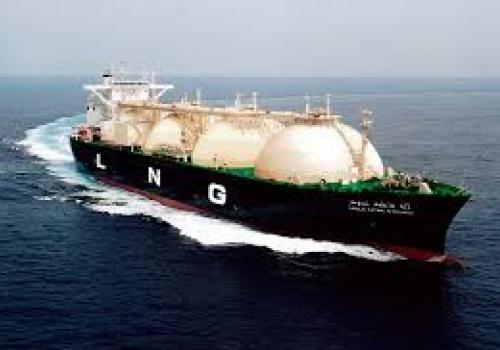Omani liquefied natural gas (LNG) exports are 10% lower so far this year than in 2019, but that’s not all bad news for the Middle Eastern country, Kallanish Energy reports. According to data by Kpler, Oman has exported 7.06 million tonnes of LNG this year, compared with 7.87 Mt this time last year. Overall, in 2019, the Oman LNG plant exported 10.68 Mt, which is above its nameplate capacity of 10.4 million tonnes per annum (Mtpa). Although Oman isn’t expected to reach 2019’s exports levels this year, the lower exports volumes reflect its debottlenecking project to increase capacity by 1 Mtpa to 11.4 Mtpa by the end of 2021. “The debottlenecking project may have come at the best possible time for Oman,” Kpler said in a note on Tuesday. That’s because the project will be undertaken in stages, with one of the three trains shutdown at a time. “This means the plant’s export capacity will be lower until the project is complete. This coincides well with LNG demand being hit worldwide by the Covid-19 outbreak,” Kpler said.
Oman LNG’s main long-term supply contracts are signed with Kogas (4.06 Mtpa), Union Fenosa (1.65 Mtpa), bp (1.1 Mtpa), Osaka Gas (0.8 Mtpa) and Itochu (0.7 Mtpa). Kpler notes that all these contracts will expire between the end of 2024 and early 2027. The country’s ability to extend these contracts will depend on feedgas volumes and to upstream development in the country, such as the Khazzan and Ghazeer fields. While enhanced competition from Qatar could pressure Omani LNG exports, analysts at Kpler believe Oman has a “major” advantage compared to Qatar: “its liquefaction plant isn’t located in the Persian Gulf, and therefore, benefits from lower geopolitical risks.”
